Hampton Bay Westwood 5-Light Oil-Rubbed Bronze Chandelier with Frosted White Glass Shades
Uses five 60-Watt bulbs, sold separately. Adjustable hanging length of up to 72 in. Traditional design will provide a designer touch to any room.
Enjoy a timeless touch with this Hampton Bay 5-light chandelier. Crafted with a traditional design in an oil rubbed bronze finish, this chandelier provides a beautiful touch to any room. Frosted white glass shade gives you brilliant illumination. This classic design adds affordable luxury to your home.
- Durable steel construction with hand painted finish gives a sophisticated look
- Adjustable chain with a maximum hanging height at 72 in.
- Compatible with a standard wall dimmer
- Uses five 60-Watt medium based bulbs or CFL equivalent
- Frosted globes allow for even, clean illumination
- Hardware included for ease of installation
- UL listed
Additional information
| Chain Length (in.) | 72 |
|---|---|
| Fixture Depth (in.) | 24.2 |
| Fixture Height (in.) | 24.3 |
| Fixture Weight (lb.) | 13.07 |
| Fixture Width (in.) | 24.2 |
| Maximum Hanging Length (in.) | 72 |
| Mounting Deck Height (in.) | 1.57 |
| Mounting Deck Width (in.) | 5.39 |
| Manufacturer Warranty | 5 year limited warranty |

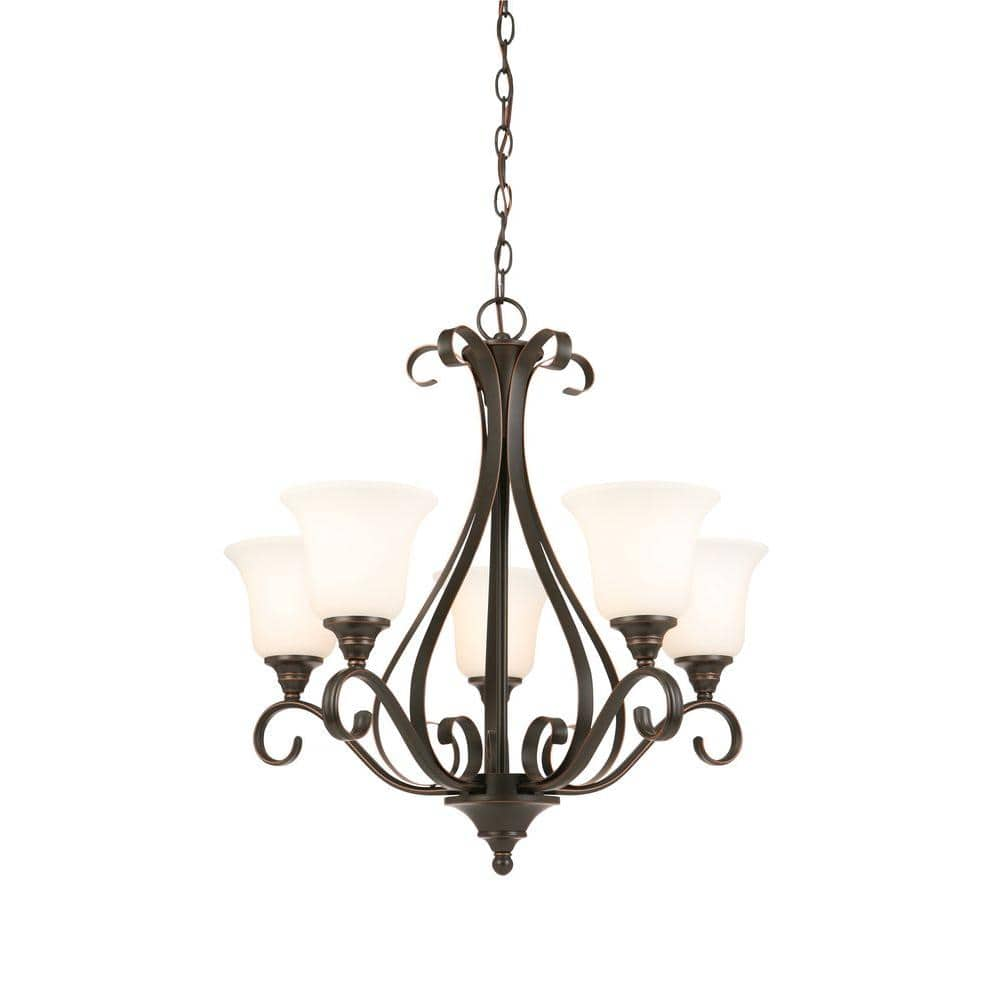
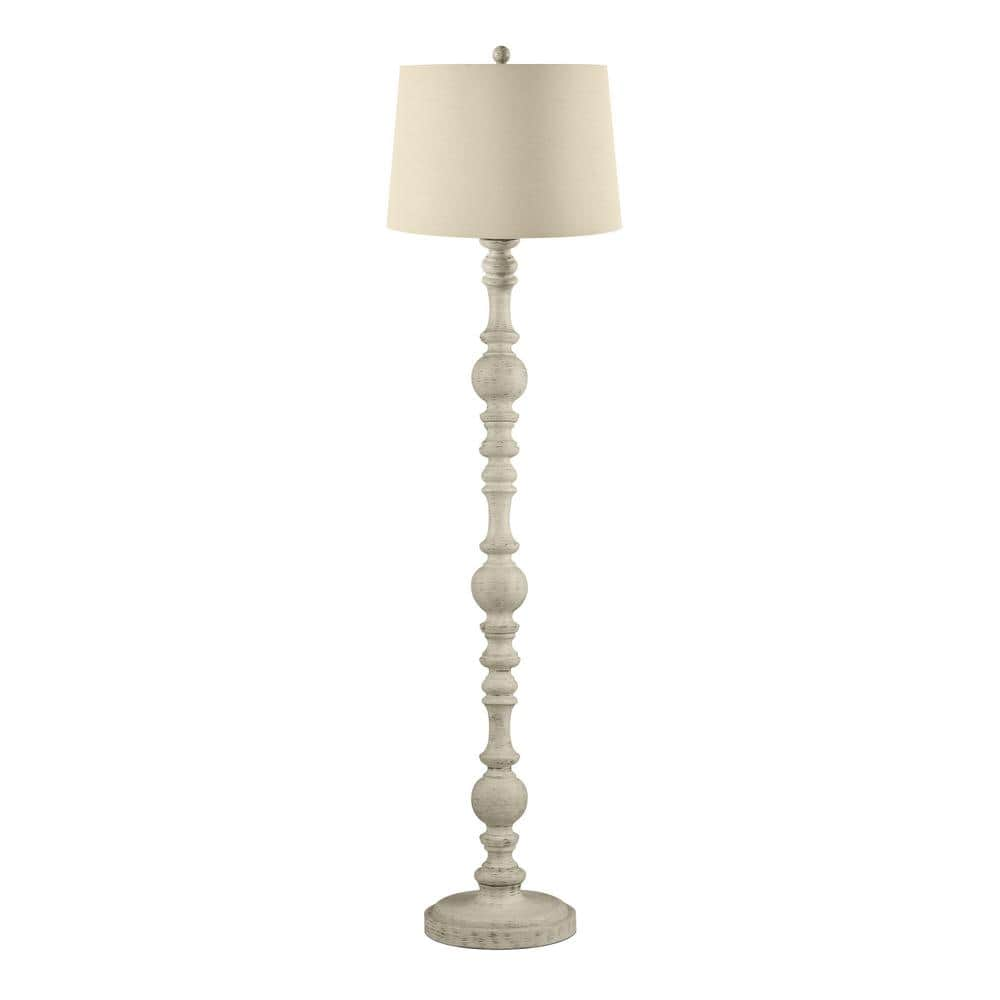
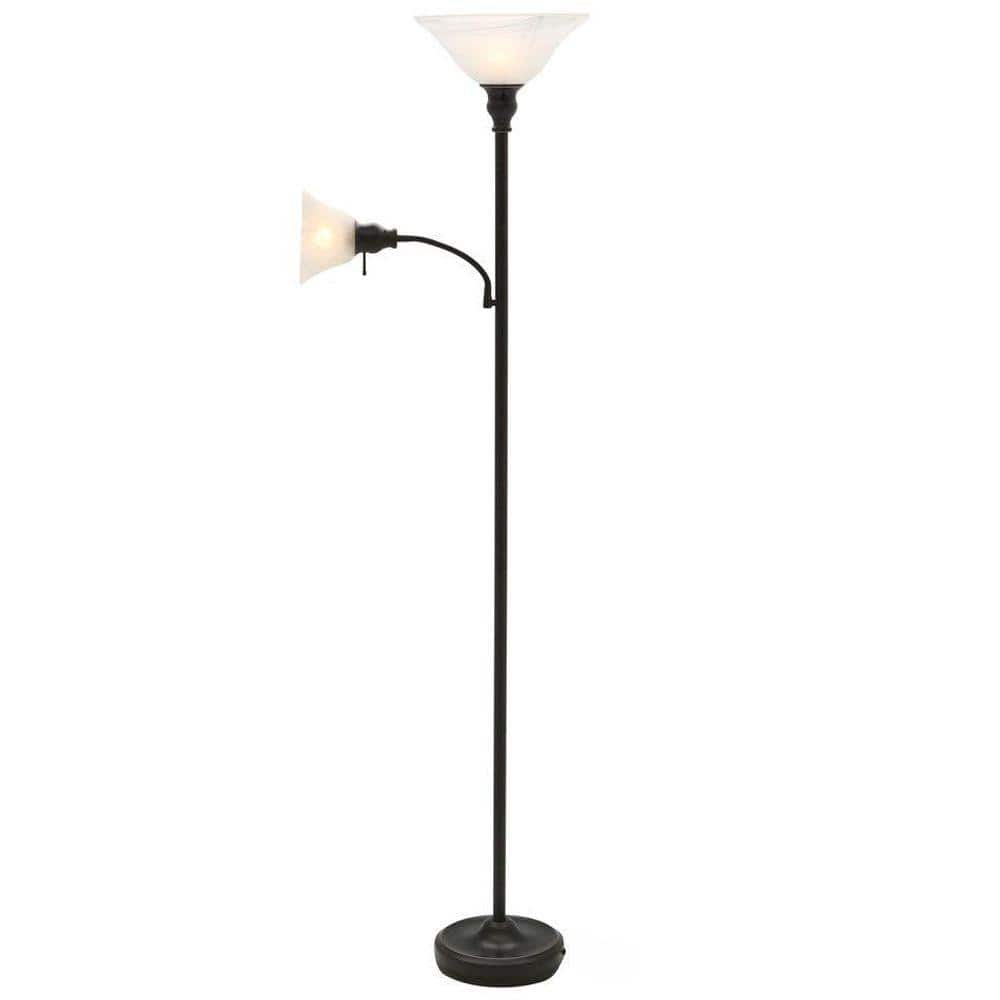
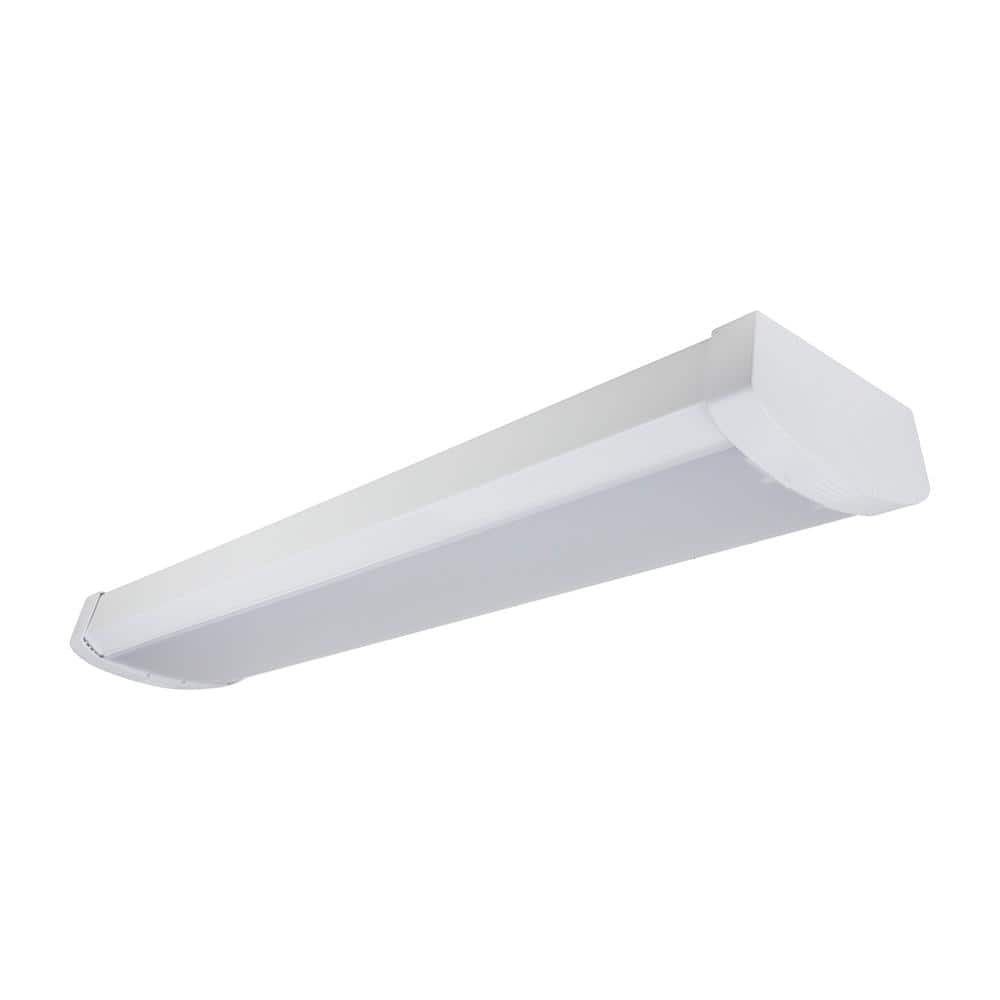
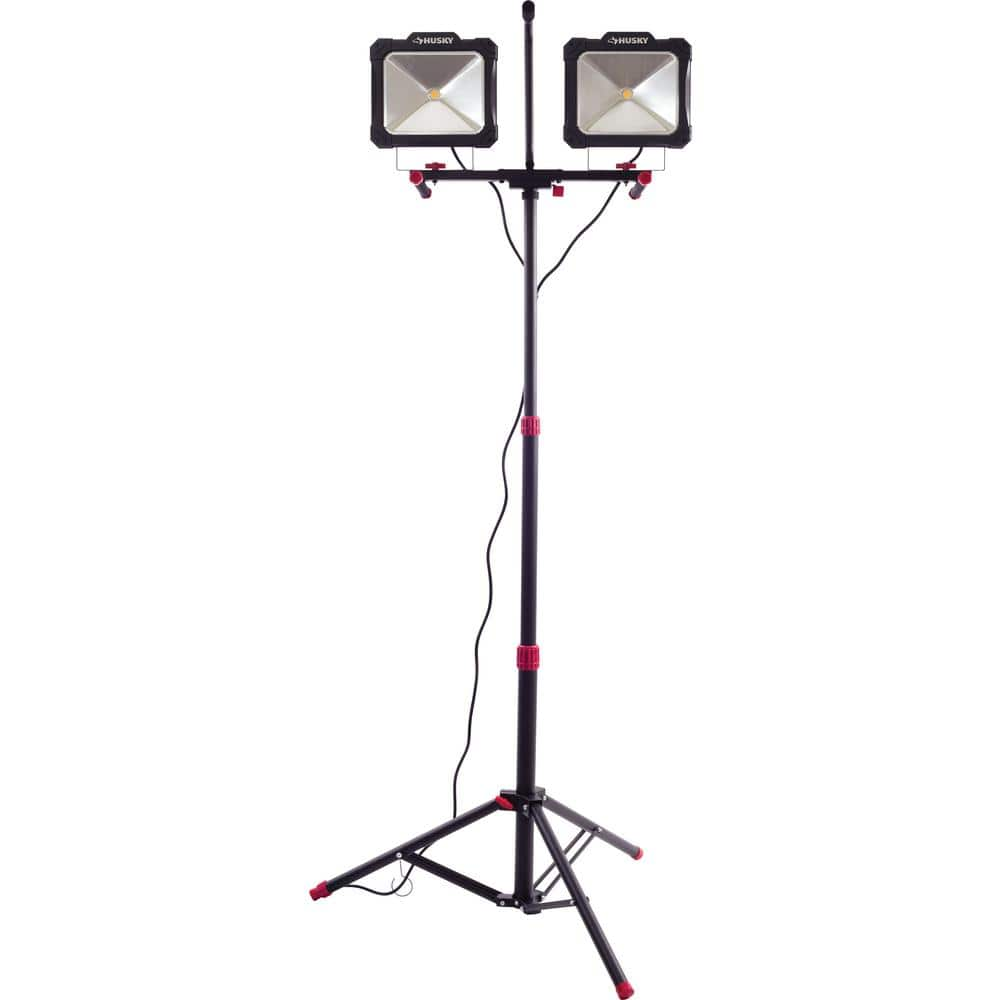
by Steve
It’s my kind of style!
by Kathleen
Love it. Just what I wanted.
by Sylvia
Need better install instructions.
by Debbie
It is perfect! We Love It!!!